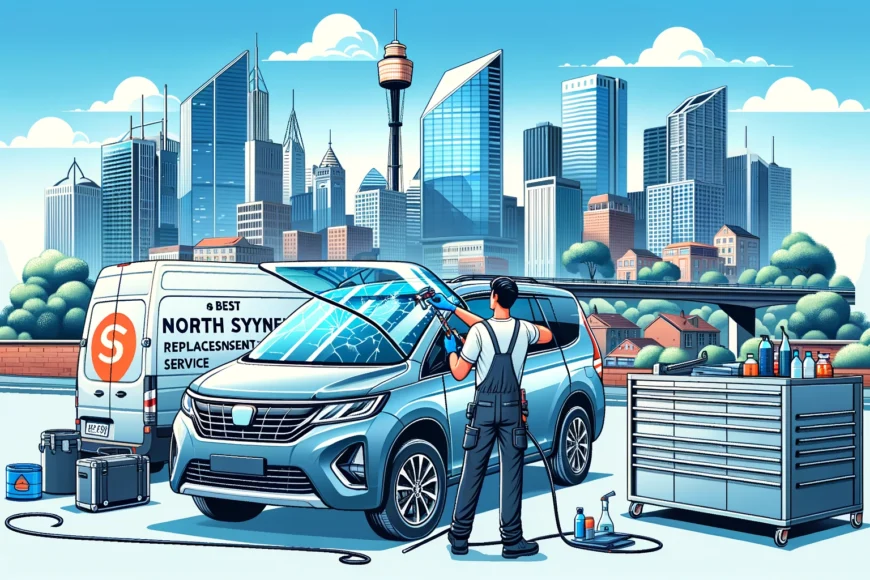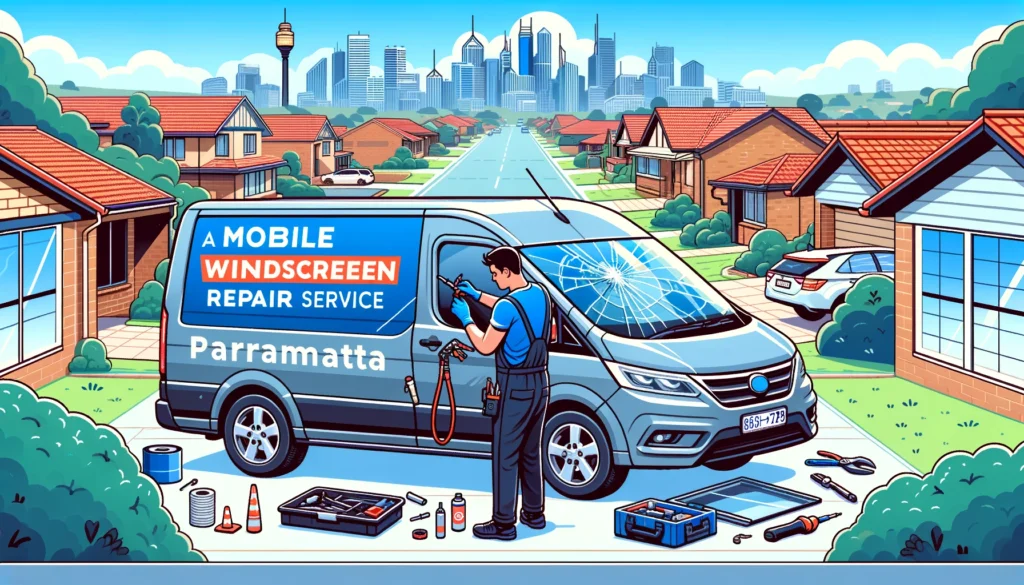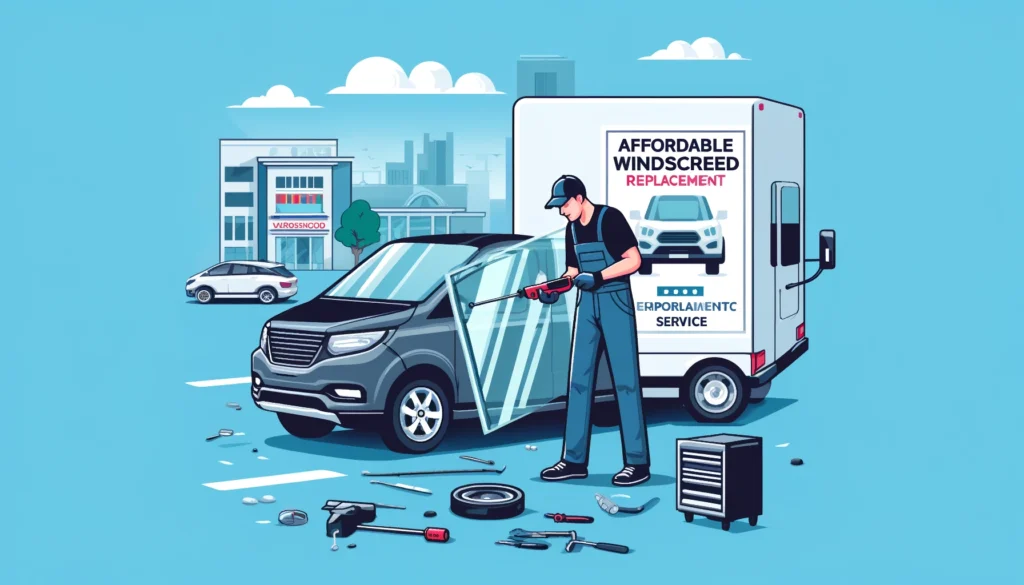- September 24, 2024
- By lingquqing
- In Service Areas, windscreen maintenance, windscreens-tinting, windshield repair near me
- Tags Car windshield repair, wind+screen+repair, Windscreen repair near Earlwood, WINDSCREEN REPLACEMENT
- 2
- 0

Cracked windshields are an inevitable part of car ownership, often appearing out of nowhere and turning what was once a smooth drive into a nerve-wracking experience. While the thought of fixing a windshield might conjure up images of expensive trips to the auto shop and lengthy wait times, what if we told you that you could handle this pesky problem yourself? Yes, you heard that right—armed with a few readily available tools and a sprinkle of patience, you can become your own car’s hero. In this DIY guide, we’re going to walk you through the step-by-step process of quick and easy car windshield repair, saving you both time and money.
Imagine waking up on a Saturday morning, sipping your coffee, and realizing that today, not only will you tackle a lingering car issue, but you’ll also gain the satisfaction of mastering a new skill. Whether it’s a small chip or a sneaky crack that’s starting to creep across your line of sight, our comprehensive guide is designed to empower you with the knowledge to make those repairs confidently. No more waiting around for appointments or shelling out big bucks—this is your one-stop solution to a clear view and peace of mind. Let’s dive in and transform that daunting crack into a distant memory!

Before you embark on your DIY windshield repair journey, it’s important to understand the different types of damage that can occur. By identifying the specific issue, you can determine whether it’s something you can handle yourself or if professional help is required.
One common type of damage is a small chip caused by flying debris, such as rocks or gravel. These chips are usually circular and can be as small as a pinhead or as large as a quarter. While they may seem harmless at first, they can quickly develop into larger cracks if left untreated.
Another type of damage is a crack, which is a more serious issue. Cracks can vary in length and severity, ranging from minor surface cracks to deep fractures that span the entire windshield. It’s important to note that cracks that obstruct your line of sight are not suitable for DIY repair and should be addressed by a professional.
The final type of damage is a combination break, which occurs when both chips and cracks are present. These breaks often have multiple points of impact and require careful attention to ensure proper repair.

Now that you understand the types of windshield damage, it’s time to gather the tools and materials needed for the repair process. Fortunately, most DIY windshield repair kits come with everything you need to get started.
The essential tools include:

Before diving into the repair process, take a close look at the damage and assess its extent. This will help you determine whether it’s something you can handle on your own or if professional assistance is required.
If you’re dealing with a small chip, measuring less than 1 inch in diameter, DIY repair should be feasible. However, if the chip is larger or there are multiple chips and cracks, it’s best to consult with a professional. They have the expertise and specialized equipment to handle more complex repairs.
It’s also important to note that DIY windshield repair is most effective when addressing damage on the outer layer of glass. If the damage has penetrated through both layers of glass or is located near the edges of the windshield, it may compromise its structural integrity and require professional attention.
Now that you’ve determined that DIY repair is suitable for your windshield damage, it’s time to prepare the surface for repair. This involves cleaning the damaged area thoroughly to ensure optimal adhesion of the repair resin.
Start by washing your windshield with a mild glass cleaner and a lint-free cloth. Remove any dirt, debris, or loose glass particles from both inside and outside of the crack or chip. Be gentle during this process to avoid further damaging the windshield.
Once clean, use a razor blade or glass scraper to level out any uneven edges around the damaged area. This will create a smooth surface for applying the repair resin later on.
With the windshield prepared, it’s time to apply the repair kit. Follow the instructions provided with your specific kit, as the process may vary slightly depending on the brand and type of kit you’re using.
In general, the process involves attaching the windshield repair bridge or injector to the damaged area. This device creates a vacuum seal and allows you to inject the repair resin into the chip or crack. Apply steady pressure to ensure proper distribution of the resin.
Once you’ve injected an adequate amount of resin, use a UV curing light to cure and harden it. This typically takes a few minutes, but again, refer to your kit’s instructions for specific curing times.
After curing the resin with UV light, it’s important to allow sufficient time for it to fully cure and harden. This ensures a strong bond and long-lasting repair.
The curing time can vary depending on factors such as temperature and humidity. As a general guideline, wait at least 24 hours before touching or cleaning the repaired area. This will give the resin ample time to set and achieve its maximum strength.
Once the repair has cured, it’s time to polish and clean up any excess resin from the surface of your windshield. Use a razor blade or glass scraper at a 45-degree angle to carefully remove any raised or uneven areas of hardened resin.
Next, apply a small amount of glass cleaner onto a lint-free cloth and gently wipe away any remaining residue from around the repaired area. Take care not to apply excessive pressure that could damage or dislodge the repair.
With the repair complete, it’s important to check its effectiveness and touch up any areas that may require additional attention.
Inspect the repaired area from both the inside and outside of your vehicle. Look for any signs of remaining damage, such as visible cracks or discoloration. If you notice any issues, consult your kit’s instructions for guidance on how to address them.
Remember, DIY windshield repair may not always result in a perfect restoration. However, it can significantly improve the appearance and structural integrity of your windshield while saving you time and money.
Now that you’ve successfully repaired your windshield, it’s important to take steps to prevent future damage. Here are some tips to keep in mind:
Congratulations! You’ve successfully completed a DIY car windshield repair at home. By following this comprehensive guide, you’ve saved yourself time and money while gaining the satisfaction of mastering a new skill.
Remember, DIY repairs are best suited for small chips and surface cracks. If you encounter more extensive damage or have any doubts about your ability to handle the repair yourself, it’s always wise to seek professional assistance.
With a clear view through your newly repaired windshield, you can hit the road with confidence and enjoy the peace of mind that comes with knowing you’ve taken care of your car’s most important window.
Book your appointment now and get 10% discount.
And give us google 5 Stars feedback and get a free drink on us.
MAKE APPOINTMENT



